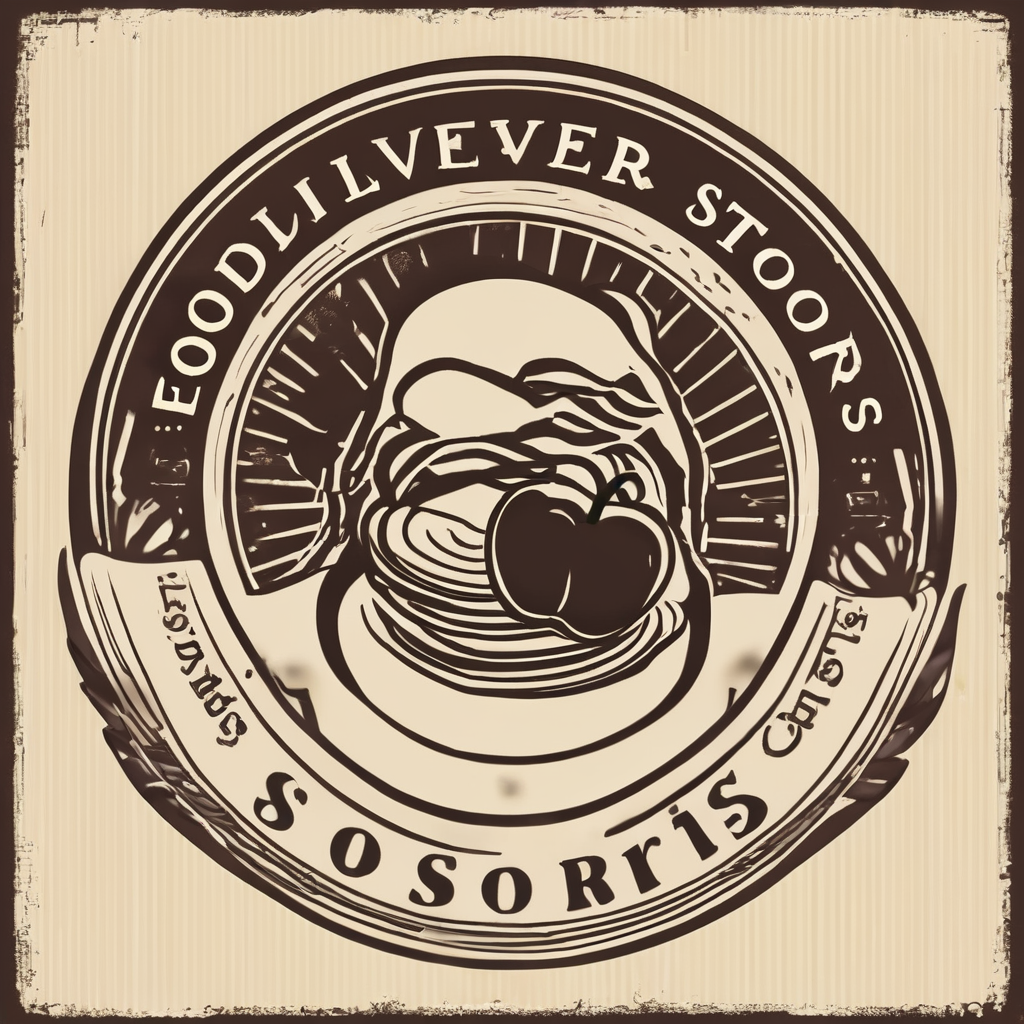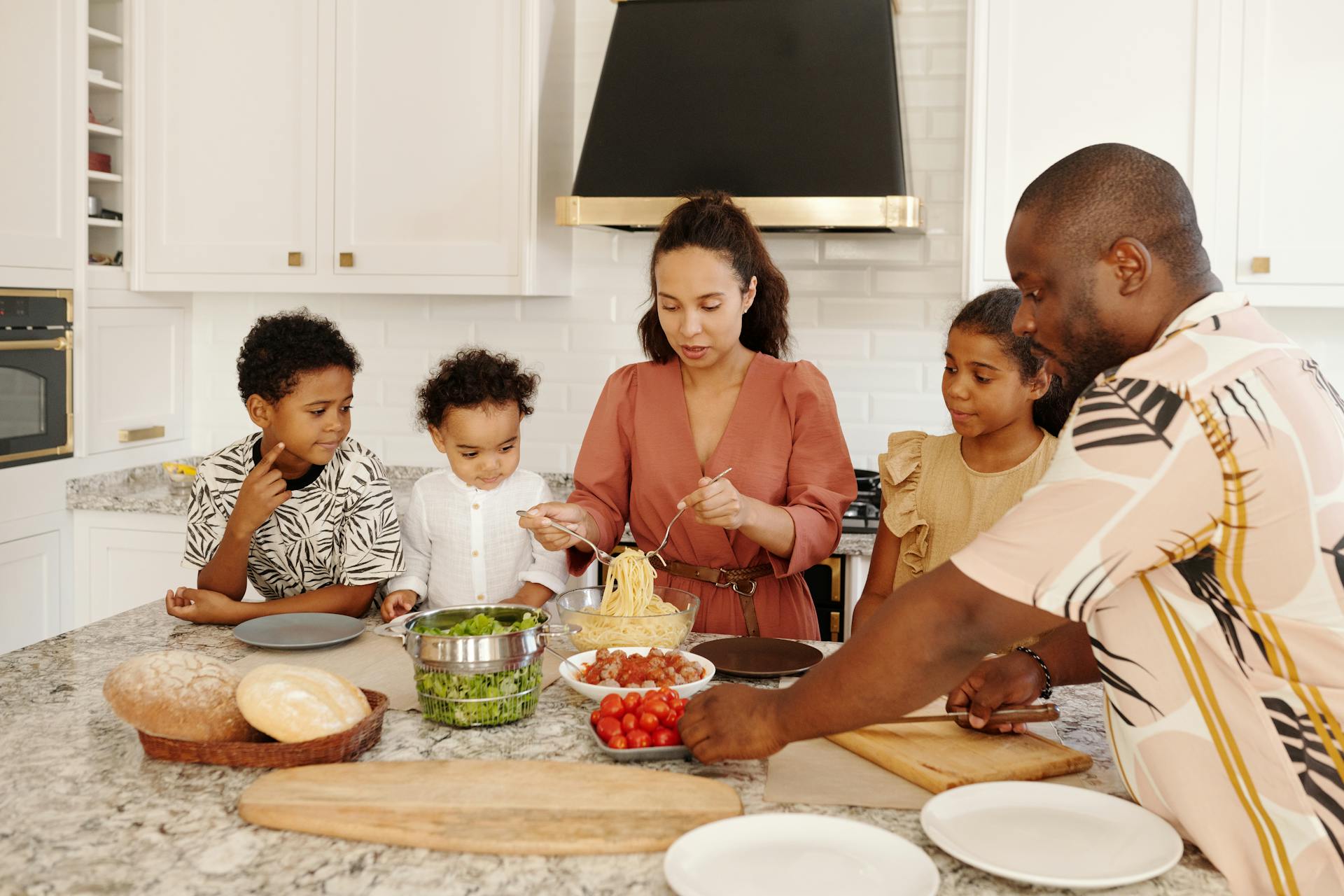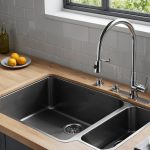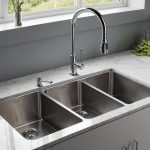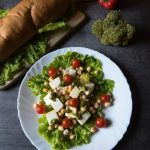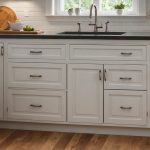Top Strategies to Minimize Water Consumption in a Multi-Tap Kitchen
In the heart of every home, the kitchen is not just a place for cooking, but also a hub of activity where water usage can quickly add up. With the increasing awareness of water conservation and the need to reduce our environmental footprint, it’s crucial to implement strategies that minimize water consumption in this vital space. Here’s a comprehensive guide on how to make your multi-tap kitchen more water-efficient.
Understanding Low-Flow Plumbing Fixtures
One of the most effective ways to reduce water consumption in your kitchen is by installing low-flow plumbing fixtures. These fixtures are designed to use significantly less water than their traditional counterparts without compromising on performance.
Also read : Ultimate Guide to Efficiently Organizing Your Kitchen Drawers: Top Tips and Best Practices
Faucets and Showerheads
Low-flow faucets and showerheads are equipped with innovative technologies such as aerators and flow restrictors. Aerators mix air with water to maintain pressure while reducing the volume of water needed, making them highly efficient. For instance, old faucets typically run at about 2.2 gallons per minute (gpm), whereas low-flow faucets reduce this to 1.5 gpm or less.
Toilets
While toilets are not typically associated with kitchen taps, understanding the broader context of water-saving fixtures is important. Low-flow toilets, such as those with dual-flush technology, use as little as 1.28 gallons per flush (gpf) compared to the older models that could use up to 7 gpf.
Also to see : Top Strategies for Soundproofing Your Kitchen: Tackling Noise from Appliances Effectively
Design and Technology of Low-Flow Fixtures
The design of low-flow fixtures is what sets them apart from traditional models. Here are some key technologies that make them efficient:
Aerators and Flow Restrictors
Aerators in low-flow faucets and showerheads mix air with water, maintaining the pressure while reducing the water volume. Flow restrictors control the amount of water passing through the fixture, ensuring there is no significant drop in pressure.
Dual-Flush Technology
Dual-flush toilets offer two flush controls: one for liquid waste using less water and another for solid waste. This fine-tunes water use based on necessity, significantly reducing overall water consumption.
Benefits of Eco-Friendly Plumbing Fixtures
Adopting low-flow plumbing fixtures offers several benefits that extend beyond just water conservation.
Decreased Water Waste
The EPA’s Water Sense program estimates that upgrading old faucets to new, low-flow fixtures can save up to 700 gallons of water per year. This not only helps the environment but also reduces your water bills.
Slashing Water Bills
Using less water translates directly into lower utility bills. For example, a WaterSense-labeled showerhead can save 4 gallons of water each time you shower, which adds up significantly over time.
Lower Water Heating Costs
Reducing water usage means less hot water is needed, leading to lower energy costs for heating water. This is a double benefit, as it saves both water and energy.
Longer Plumbing System Life Span
Lower water flow rates mean less strain on your plumbing system, potentially extending its life and reducing the need for repairs.
Tips to Save Even More Water in the Kitchen
While low-flow fixtures are a great start, there are additional strategies you can implement to further reduce water consumption in your kitchen.
Take Fast Showers and Turn Off Taps
Even with low-flow showerheads, taking shorter showers can conserve a lot of water. Similarly, turning off the tap while brushing your teeth or stepping away from the sink can make a significant difference.
Use Dual-Flush Toilets Properly
Ensure everyone in the household understands how to use dual-flush toilets correctly. Using the half-flush button for liquid waste and the full flush for solid waste can save a substantial amount of water.
Never Flush Trash
Toilets are designed to handle only toilet paper and human waste. Flushing other items wastes water and increases the risk of clogs. Dispose of non-flushable items in the garbage.
Resolve Leaks Promptly
Even low-flow fixtures can leak, wasting water and undermining efficiency. Regularly check for leaks and address them promptly to sustain your water conservation efforts.
Simplifying Kitchen Plumbing with Modern Solutions
Modern plumbing solutions can make kitchen installations more efficient and space-friendly, which is particularly important in today’s compact kitchens.
Push-Fit Technology
Push-fit fittings and flexible pipes are ideal for crowded spaces under the kitchen sink. These fittings allow for leakproof connections without the need for tools or hot works, simplifying installations and reducing the risk of leaks.
Backflow Prevention
To comply with water regulations, backflow prevention valves are essential. Double Check Valves ensure water flows in only one direction, preventing back-siphonage and potential health hazards. Modern push-fit double check valves are compact, lightweight, and easy to install.
Optimizing Hot Water Distribution
Fast and efficient hot water distribution is crucial for minimizing water waste and energy consumption.
Shorter Pipes and Smaller Diameters
The key to faster hot water is having as little water as possible between the water heater and the tap. Shorter pipes with smaller diameters reduce the amount of water that needs to be heated and transported, resulting in faster hot water delivery and lower energy costs.
Demand-Based Recirculating Pumps
While recirculating pumps can provide fast hot water, they can be energy-intensive. Demand-based pumps, such as the D’MAND pumps, operate only when needed, reducing pump runtime by 98% and heat loss by 90% compared to continuous recirculating pumps.
Choosing the Right Kitchen Taps
When selecting kitchen taps, several factors should be considered to ensure water efficiency and functionality.
Single Lever vs. Mixer Taps
Single lever taps and mixer taps have different advantages. Single lever taps are often more intuitive to use and can be more water-efficient if they have a built-in flow restrictor. Mixer taps, on the other hand, offer more flexibility in terms of temperature control but may use more water if not designed with efficiency in mind.
Pull Spray and Swivel Spout
Features like pull spray and swivel spout can enhance the functionality of your kitchen tap while maintaining efficiency. These features allow for better water distribution and can help in reducing water waste by ensuring the water is directed exactly where it is needed.
Product Comparison: Efficient Kitchen Taps
Here is a comparison of some efficient kitchen taps that highlight their key features and benefits:
| Product | Type | Flow Rate | Special Features | Unit Price |
|---|---|---|---|---|
| Moen Arbor Single Handle Pull-Out Sprayer | Single Lever | 1.5 gpm | Pull-out sprayer, swivel spout | $200-$300 |
| Delta Faucet Trinsic Single Handle Pull-Down | Single Lever | 1.5 gpm | Pull-down sprayer, magnetic docking | $250-$350 |
| Kohler Simplice Single Handle Pull-Out | Single Lever | 1.5 gpm | Pull-out sprayer, 360-degree swivel spout | $220-$320 |
| Grohe Minta Single Handle Mixer Tap | Mixer Tap | 1.75 gpm | Swivel spout, brushed gold finish | $300-$400 |
| Franke Kubus Single Handle Pull-Out | Single Lever | 1.5 gpm | Pull-out sprayer, stainless steel construction | $280-$380 |
Practical Insights and Actionable Advice
Here are some practical tips and advice to help you minimize water consumption in your multi-tap kitchen:
- Regular Maintenance: Regularly check your taps and pipes for leaks and address them promptly to avoid wasting water.
- Educate Household Members: Ensure everyone in the household understands the importance of water conservation and how to use the fixtures efficiently.
- Choose Efficient Products: When purchasing new kitchen taps, look for products with low flow rates and efficient designs.
- Optimize Hot Water Distribution: Consider retrofitting your hot water distribution system to use shorter pipes and smaller diameters to reduce water and energy waste.
Minimizing water consumption in a multi-tap kitchen is a multifaceted approach that involves installing low-flow plumbing fixtures, simplifying kitchen plumbing with modern solutions, optimizing hot water distribution, and choosing the right kitchen taps. By implementing these strategies, you not only contribute to environmental sustainability but also save on your water and energy bills.
As Lee Halstead from John Guest notes, “Modern plumbing solutions such as push-fit fittings, flexible pipes, and valves can simplify kitchen plumbing installations in these compact spaces,” making it easier to achieve water efficiency without compromising on functionality.
By taking these steps, you can create a more sustainable and efficient kitchen that benefits both your wallet and the environment. Remember, every small change can make a significant difference in the long run.
